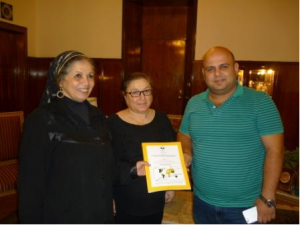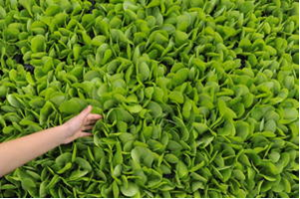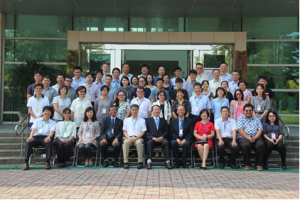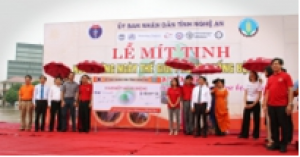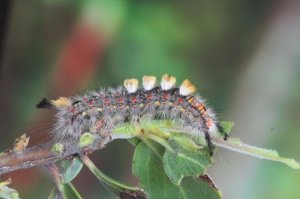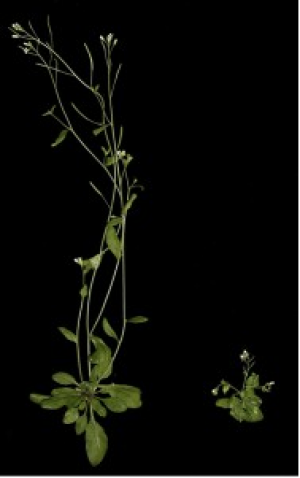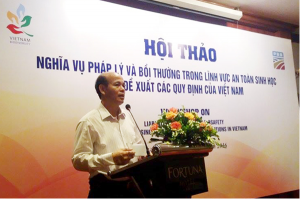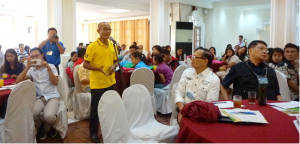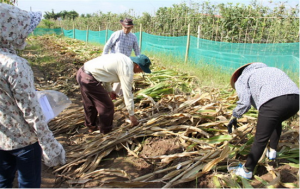|
Biomedical Engineers Use Silkworms to Enhance Organ-Like Tissues Grown in the Lab
Thursday, 2024/06/20 | 06:54:18
|
|
Figure: Photo Source: Duke University Pratt School of Engineering
Biomedical engineers at Duke University developed an ultrathin silk membrane that can be used in an organ-on-a-chip (OOC) model to mimic the natural environment of cells and tissues within the body. Their findings, published in Science Advances, open new opportunities to improve organs like the brain, liver, and lungs, and contribute to the development of test therapeutics.
OOC systems have helped researchers better understand human biology through dynamic modeling of tissue structures, studying organ functions, and modeling diseases. However, the challenge arises with the design of the chips which usually use thick and non-degradable polymer membranes as support structures.
The research team used silk fibroin, a protein created by silkworms, to bring the membrane thickness down from 50 microns to five or fewer. “The new microfluidic chip system's ability to simulate in vivo-like tissue-tissue interfaces and induce the formation of specialized cells, such as fenestrated endothelium and mature glomerular podocytes from stem cells, holds significant potential for advancing our understanding of human organ development, disease progression, and therapeutic development,” said Samira Musah, Assistant Professor of Biomedical Engineering.
They hope that the technology could help better understand kidney diseases and develop models that identify new biomarkers of the disease. “This could also be used to help us screen for drug candidates for several kidney disease models. The possibilities are very exciting,” said George (Xingrui) Mou, a PhD student and the first author of the paper.
For more information, read the article from Duke University Pratt School of Engineering. See https://www.isaaa.org/kc/cropbiotechupdate/article/default.asp?ID=20856
|
|
|
|
[ Other News ]___________________________________________________
|

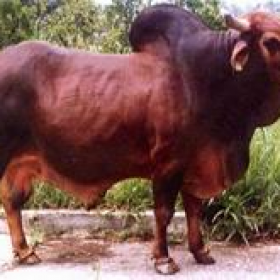
 Curently online :
Curently online :
 Total visitors :
Total visitors :
(260).png)
